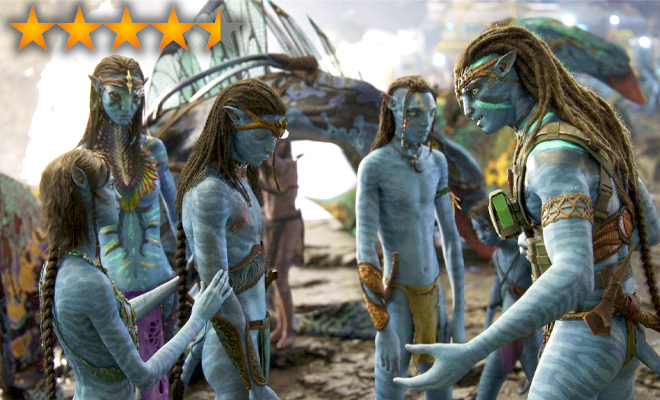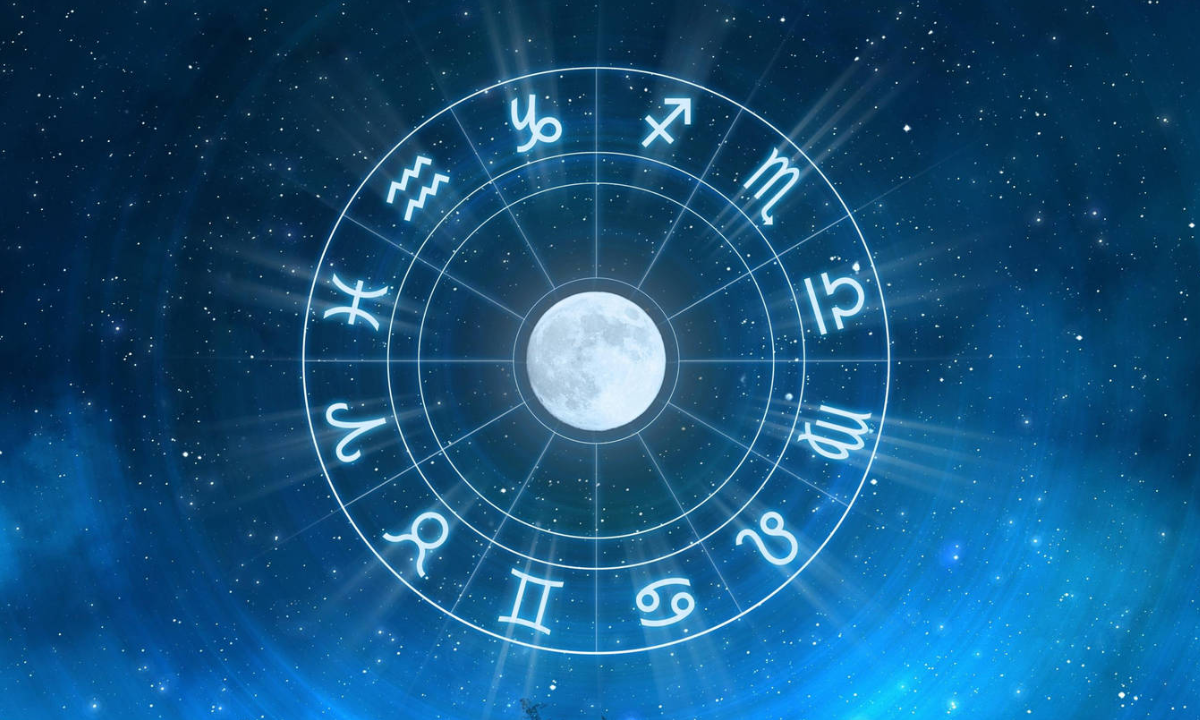‘Avatar: The Way Of Water’ Review: A Breathtaking, Heartbreaking Spectacle And Proof That James Cameron Is At Home In Water
Watch it on the biggest screens, please!
I have a confession to make. I fell asleep in the middle of the first Avatar. Having missed the chance to catch it on the big screen, I watched it much later on VOD. And honestly, I didn’t quite get the hype even when I managed to finish it on a second viewing. It wasn’t until a few months ago, when I watched the remastered version in theatres, that James Cameron’s opus really mesmerised me. If anything, this is proof that the Avatar films are, above everything else, a spectacle. They’re MOVIES, in all caps. And even though they are able to offer an old-school, cookie-cutter story, it is a deeply human one that is told with a lot of heart, powered by visual effects that only enhance the effect it’ll have on us, the audience. Avatar: The Way Of Water delivers on this very promise, and is a great cinematic experience that shouldn’t be missed.
View this post on Instagram
Avatar 2 begins a little over a decade after the events of Avatar. Jake Sully (Sam Worthington) and Neytiri (Zoe Saldaña) are now parents to four half-human, half-Na’vi children: Their sons Neteyam and Lo’ak, their adopted daughter Kiri, and their youngest daughter, Tuk. They’ve also adopted ‘Spider’, a human teenager who was born in Hell’s Gate (the human base on Pandora from the first film), who dresses like the Na’vi and paints his body in blue stripes to look like his adoptive family. We get a glimpse of their beautiful and instantly endearing family, and realise that they’re pretty much riddled with the same issues as any other family would: Rebellious teenagers with identity issues, sons constantly trying to live upto their father’s legacy, and so on.
But the peaceful life of the Omaticaya clan is soon interrupted, because their old enemies, the colonising humans, are back. Earth is dying and this is another attempt by humans to find a new home. But this time, they’re dressed in Na’vi. Chief adversary, deceased Colonel Miles Quaritch, is back with his team, or shall we say, they’re back as avatars, even more determined to destroy Jake Sully, and get his revenge on Neyitri, who dealt the death shot that killed him all those years ago. The Sully family make a hesitant exile attempt and find refuge with the Metkayina clan, the reef people, who dwell on an island in a huge archipelago, hoping to lose their nemesis. But war finds them, and the Sully family must make their stand.
Much like the first film, in Avatar: The Way Of Water, James Cameron keeps it a simple, rather traditional story of a man’s love for his family and the family’s struggle to survive adversity. Its subtext is straightforward too. Man’s greed wreaking havoc on the planet’s ecology is heartbreakingly depicted through the tulkun, an intelligent aqua species much like the giant whale, being massacred for money. With the introduction of the Metkayina clan, Avatar 2 taps into nature’s most crucial element, water, and how it connects everything, its power to create and destroy, and how after forests, man’s out to destroy it too, with irrevocable consequences.
With the resurrection (of sorts) of the Quaritch and the focus on how humans will go to great lengths to save their family and their legacy, Avatar 2 manages to relay the difficult struggle between man’s needs and his inability to see Nature as a living-breathing family member he needs to protect too. There’s also an interesting ‘outcast’ and ‘freak’ angle that I felt plays so well into how those who rally for the environment or have an innate connection with nature are often deemed as outcasts or freaks.
It’s the symmetry and the parallels though that really filled me up with wonder. The differences and similarities between the Omaticaya (forest people) and the Metkayina (reef people) way of life, their traditions, the way they bond with the creatures that they ride…. Their most sacred place is a beautiful underwater cavern which has their own version of the Tree Of Souls. The montage of the Sully family adapting to their new life is beautiful and endearing, making you care for these new characters and what happens to them.
But let’s talk about the giant tulkun in the room. Avatar: The Way Of Water looks GOOD. Scratch that. It looks mind-blowingly unlike anything I have ever seen on the big screen. James Cameron got the chance to explore a different side of Pandora, and the man said, “Let’s fucking go!” If you loved how Avatar looked, The Way Of Water cranks it up several notches. Jim Cameron’s underwater world stuns in every frame, and the childlike “Oohs” and “Aaahs” that the scenes elicit add to the feeling that you’re actually experiencing this world live, and not in some dark movie theatre. From the exotic sea creatures to the coral reefs, Avatar: The Way Of Water’s world-building is breathtaking and some of the best I’ve seen.
It’s these breathtaking visuals that don’t make you feel Avatar 2’s 192-minute (3 hours 10 minutes) runtime. The movie takes time to familiarise you with this new part of Pandora it is exploring, and you don’t mind it, because why would you when it looks so gosh darn stunning? As if you’re lucid dreaming through the whole thing? The score by Simon Franglen heightens the entire experience. When the action arrives, in the film’s final leg, it’s an emotional roller-coaster alright, but not for a minute do you forget that this is made by the same guy who made films like Titanic, Terminator, True Lies and who loves blowing up things, particularly ships.
The Way Of Water also upgrades how its Na’vi look. I thought I saw so much more of the actors that are playing these characters this time around as compared to the first. Zoe Saldaña’s warrior Neytiri is easily my favourite, glorious in her rage, reminding you that she is totally a woman that a man would relocate worlds for. As for the new additions, I thought Sigourney Weaver as Kiri left a much bigger impression on me this time, along with Trinity Jo-Li Bliss as little Tuk. I loved the scenes between the Sully kids and the young Metkayina, their overuse of words like ‘bro’ made them interestingly relatable and hilarious. Stephen Lang as Quaritch’s avatar was menacing and made me hate the character even more because there was so much more of him and his sexist crap to get mad about.
I was majorly disappointed though with the extent of Kate Winslet’s role as Ronal. She was brilliant in the few scenes that really let her shine, and that’s why I wish there was more of her.
Verdict
We’ve seen comic book movies, like Marvel, work because they’re full of visual effects, elevated by the little heart and emotional value that they add to them. In Avatar: The Way Water, the film’s heart shines through and the story has its intended emotional effect on the audience because of the visual effects. Because it looks breathtakingly beautiful while delivering the message straight to your heart.
Avatar: The Way Of Water is a truly cinematic experience that should not be missed, and if possible, only watched on a giant IMAX screen.
Avatar: The Way Of Water releases in theatres on December 16, 2022.
‘The Man Behind’ Episode 1: Anisha, Ashwani And Jessica Have The Most Adorable Family Bond Ever!

















